The Surface treatment methods after stamping
The Sruface Treatment Methods After Stamping
Surface treatment is an essential process in the manufacturing industry, especially after stamping. The stamping process can leave rough edges and surfaces on metal stamping products, which can reduce their visual appeal and durability. To address these issues, various surface treatment methods have been developed to enhance the appearance and durability of metal products after stamping. In this article, we’ll take a closer look at some of the most common surface treatment methods used after stamping.
Table of Contents
Zinc plating
Zinc plating is to form a layer of sacrificial anode zinc as barrier to substrate for rust proof. The stamping parts are put into the zinc plating solution and then with a DC current the zinc from the electroplating solution is generated on the surface. There are various colors available like white, blue, black and rainbow.
There used to be cadmium pollution caused by zinc plating process. Nowadays zinc plating is also called as environmental friendly zinc plating due to regulations and has no cadmium pollution.

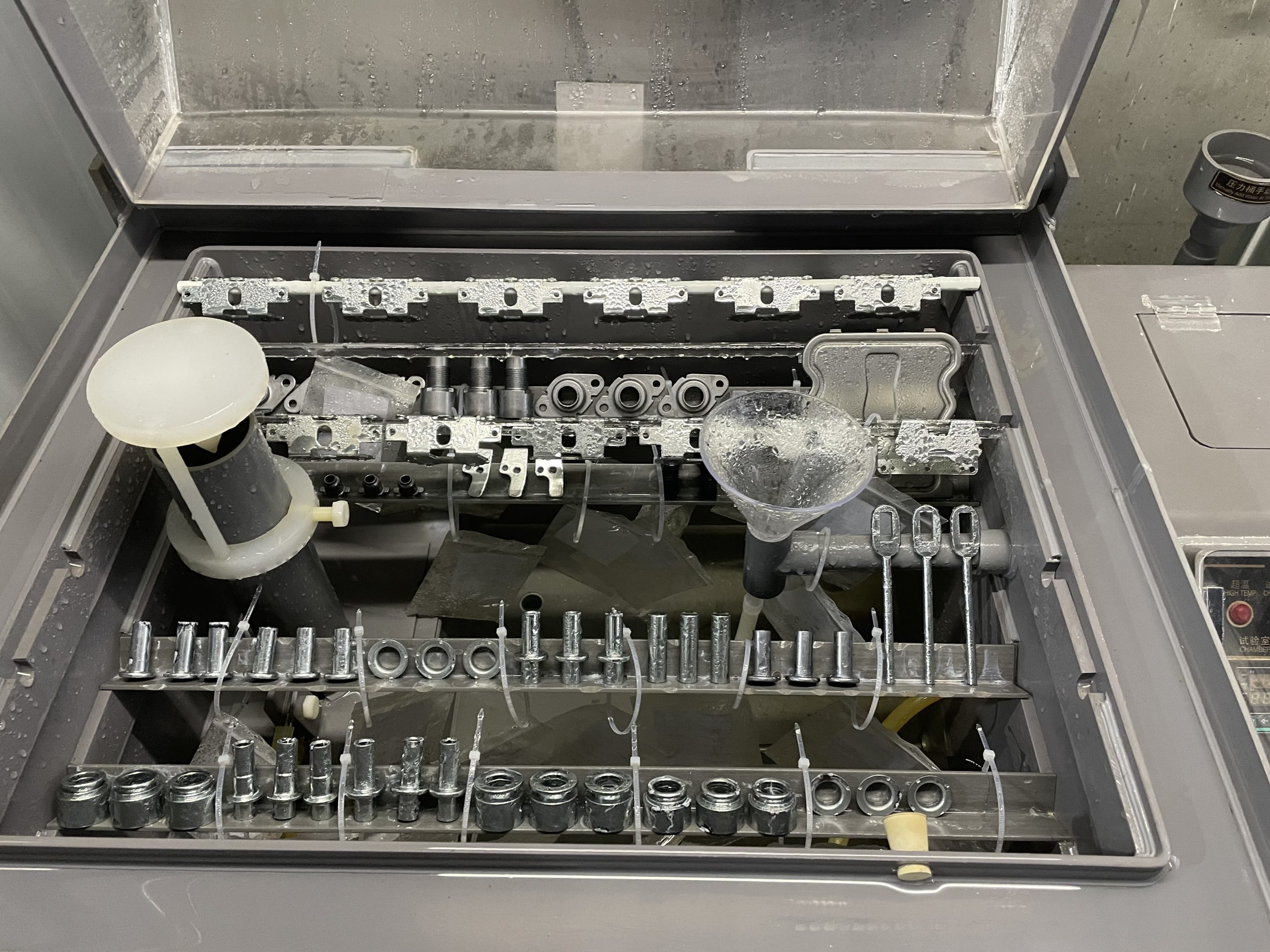
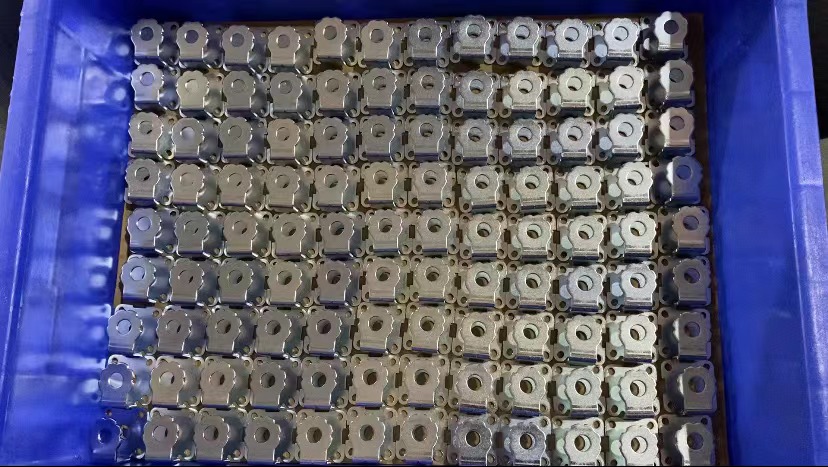
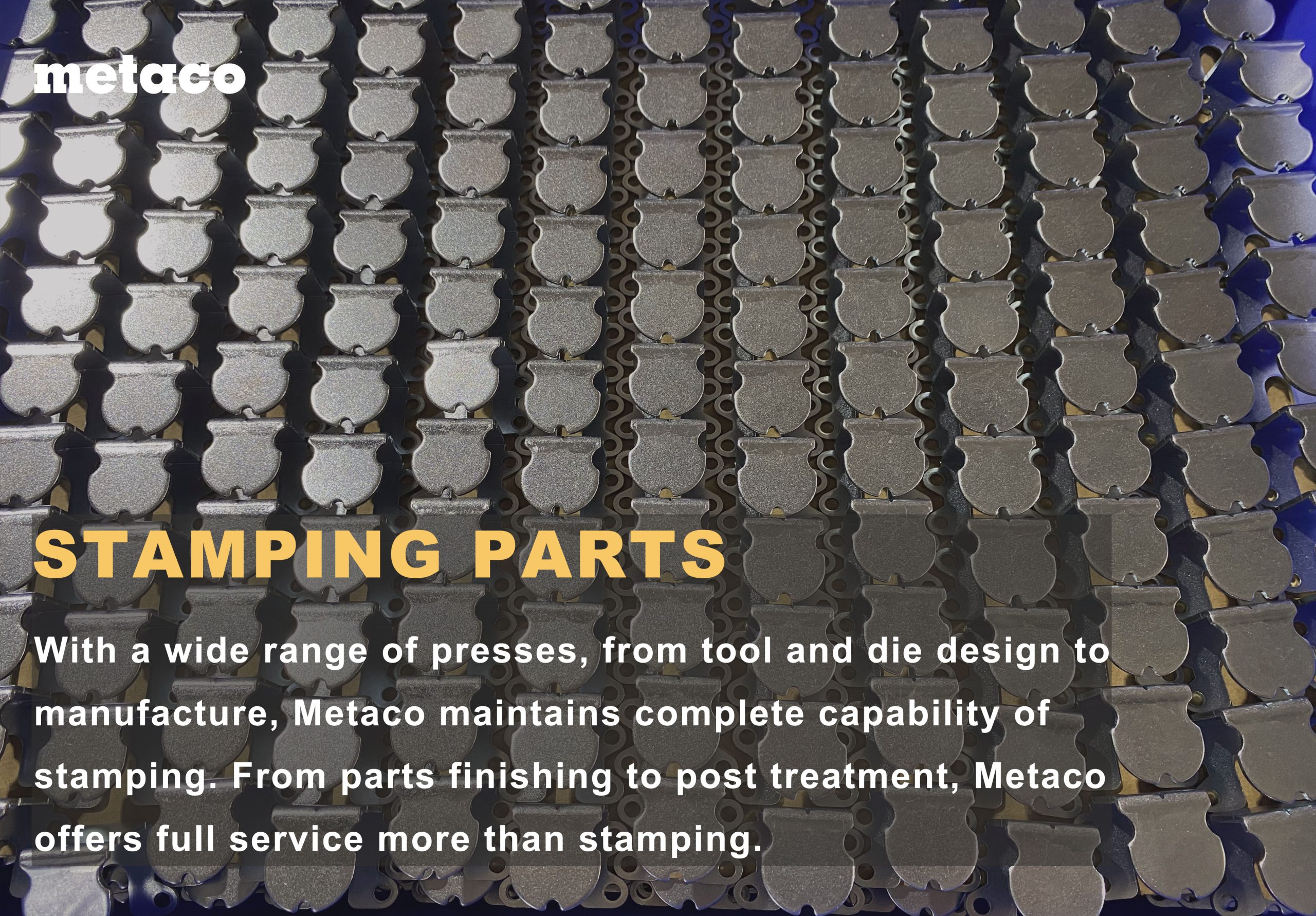
Powder coating
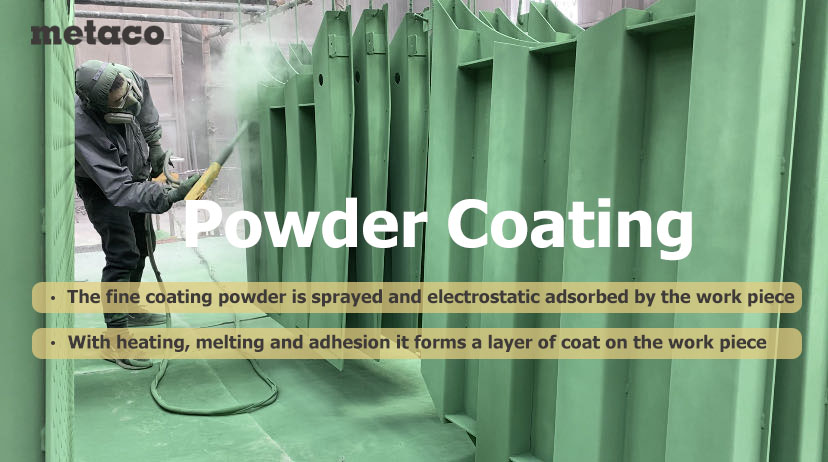
The powder coating process is physical. The fine coating powder is sprayed and electrostatic adsorbed by the work piece, with heating, melting and adhesion it forms a layer of coat on the work piece. The process is environmental friendly, the only pollution source is leaking of the powder.
Normally there are two grades of rust proof powders, one is indoor which is epoxy resin, the other outdoor which is polyurethane. For heavy duty like agricultural machinery parts coating, there is double layer available, the primer zinc enriched epoxy resin and the top coat polyurethane.
The color is according to RAL color chip system and the finish pattern can be flat glossy, semi glossy and matt and other custom patterns are available.
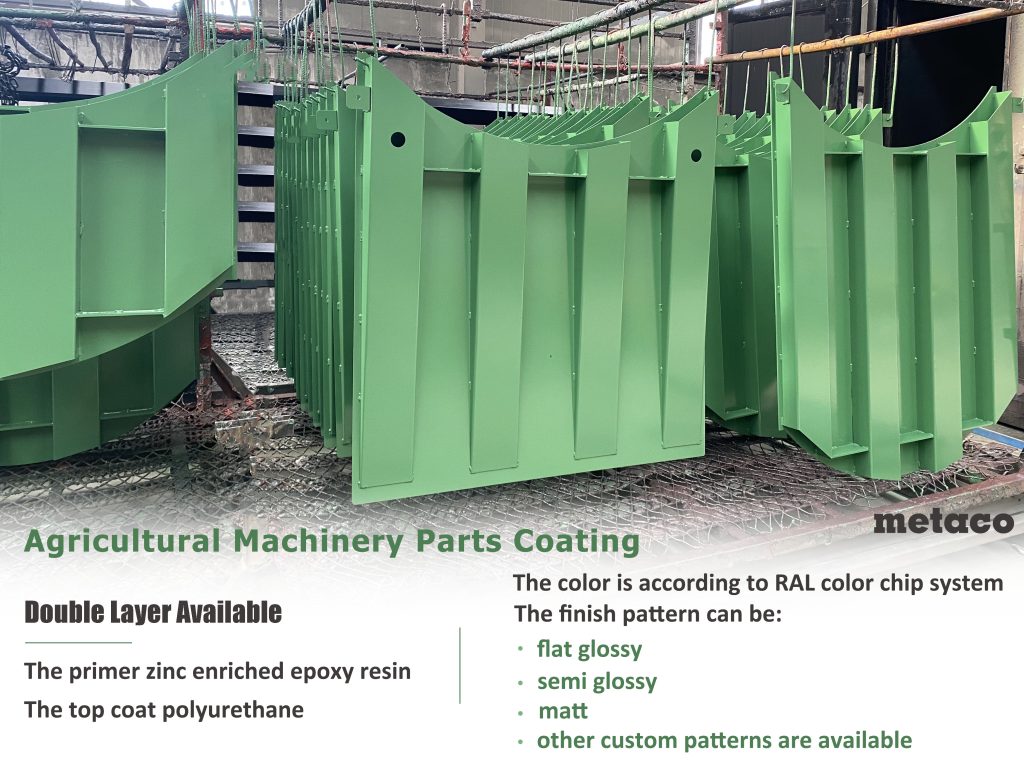
Bluing to stamping parts
Bluing or blacking is the most cost-effective way of rust proof disposal. Bluing or blacking is to generate a layer of oxidization film of ferrous on the carbon steel part surface to prevent rust. The process is to put the part into the bluing/blacking solution and heat for chemical reaction to generate the film. After the process, the part surface looks blue or black. The thickness of the film is micron grade and does not change dimension of the part.
Finishing
After stamping process, the part may have burrs due to stretching. The process to remove the burr is called deburring. The most popular deburring method for stamping parts is tumbling with abrasive materials by rotary or vibratory machines.
